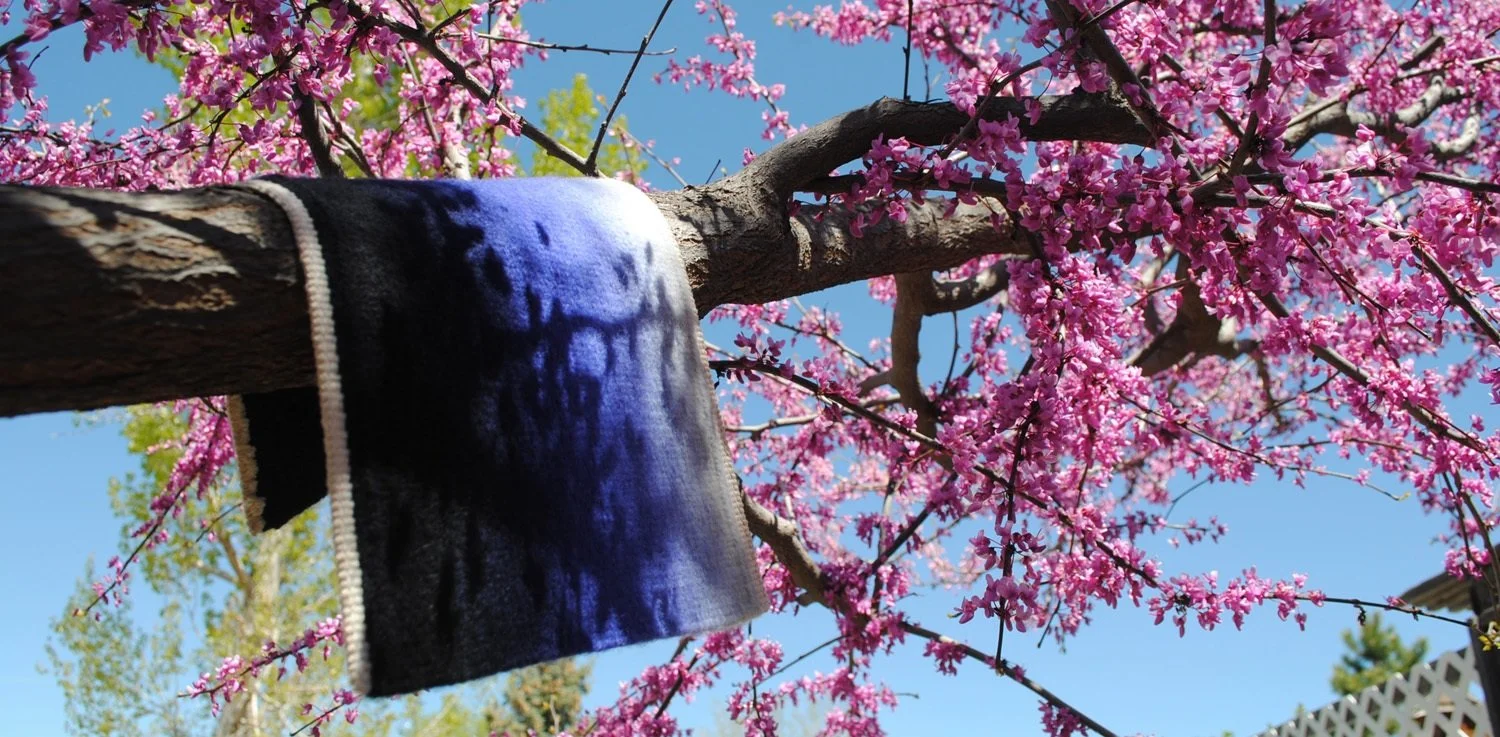If you’re a tapestry weaver, finding just the right yarn might seem like a difficult proposition. Through my students and my own testing of various yarns, I’ve found a few sweet spots in tapestry yarns over the years and I hope these ideas are helpful for you, dear tapestry friend. I’ll briefly tell you what makes a good tapestry yarn and then I’ll tell you which ones are my current favorites and where to get them.
If you’re just starting out, it is helpful to pick one yarn and sett to learn on. I always recommend starting with just one yarn. Learning tapestry is tricky enough without having to learn to manage the way different yarns behave. A teacher can help you with this information but this post should help get you started. Notice as you use that yarn at the sett recommended, what you think about it. How does the yarn serve your design ideas? Does it come in colors you like? Is it easy to work with? I have a few possible combinations at the end of this post, but there are many other possibilities. I also cover this topic in my online course, Warp and Weft: Learning the Structure of Tapestry.







